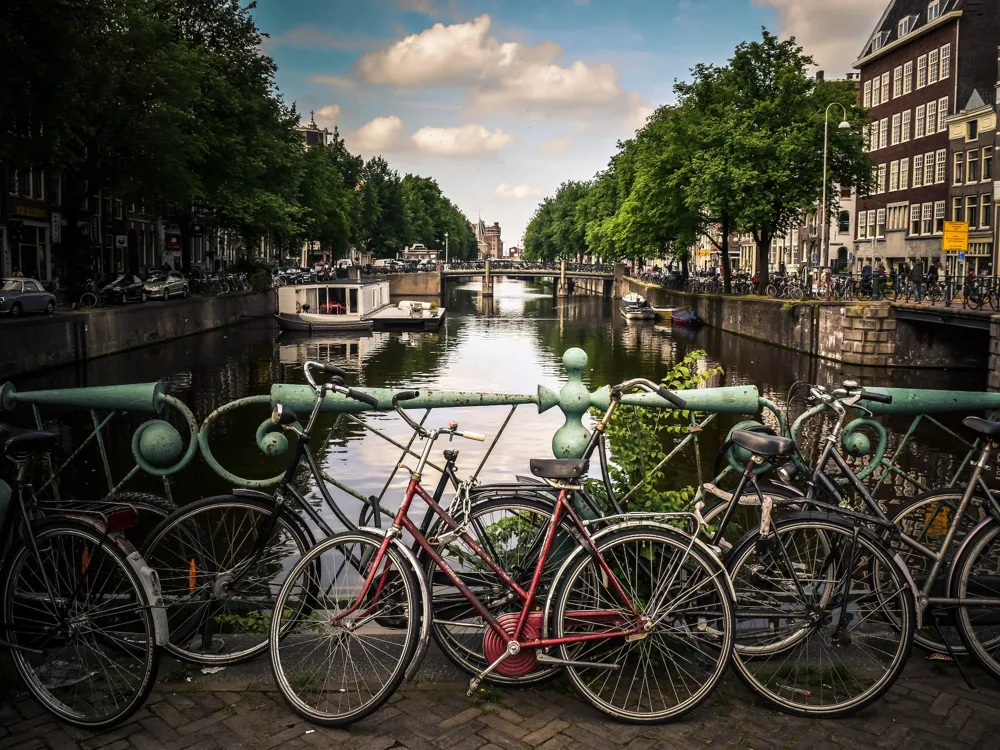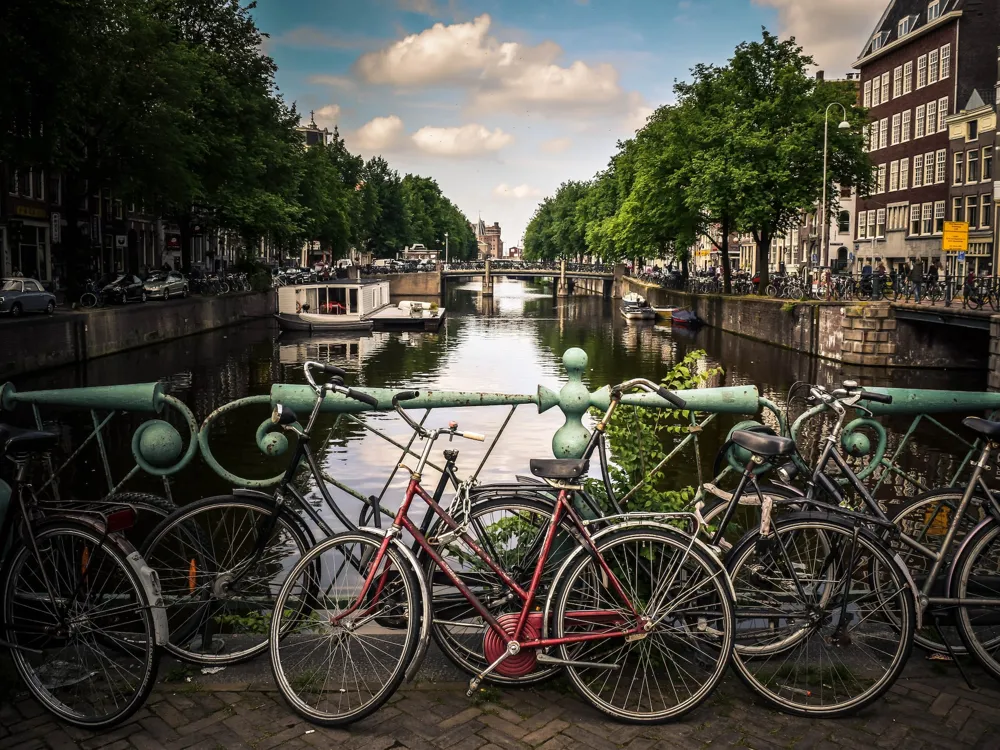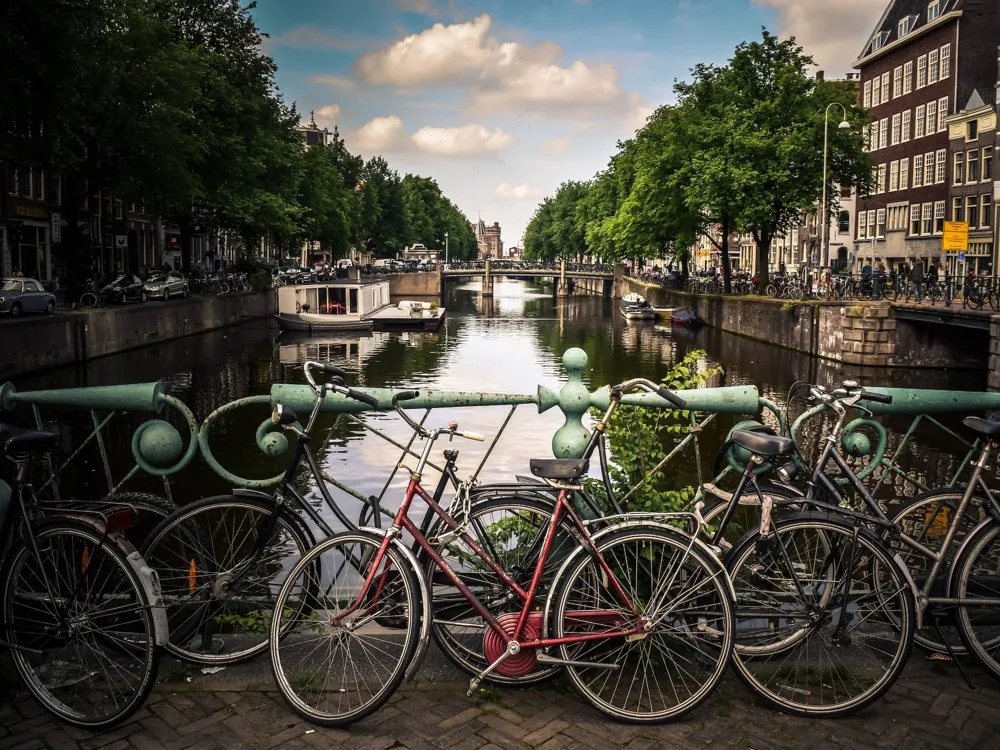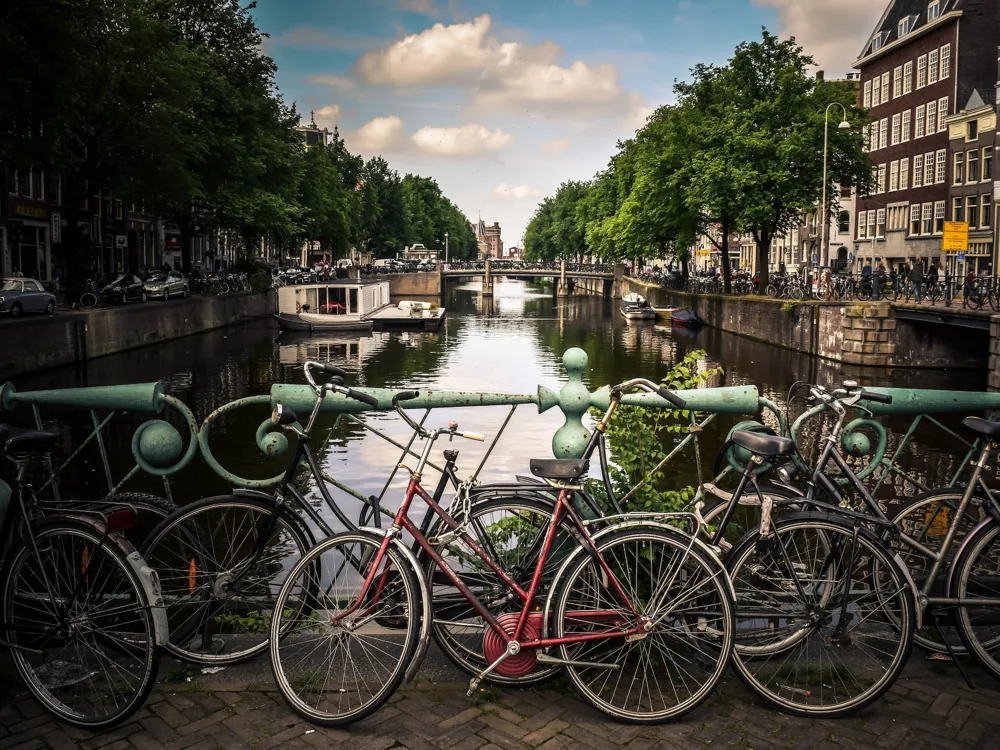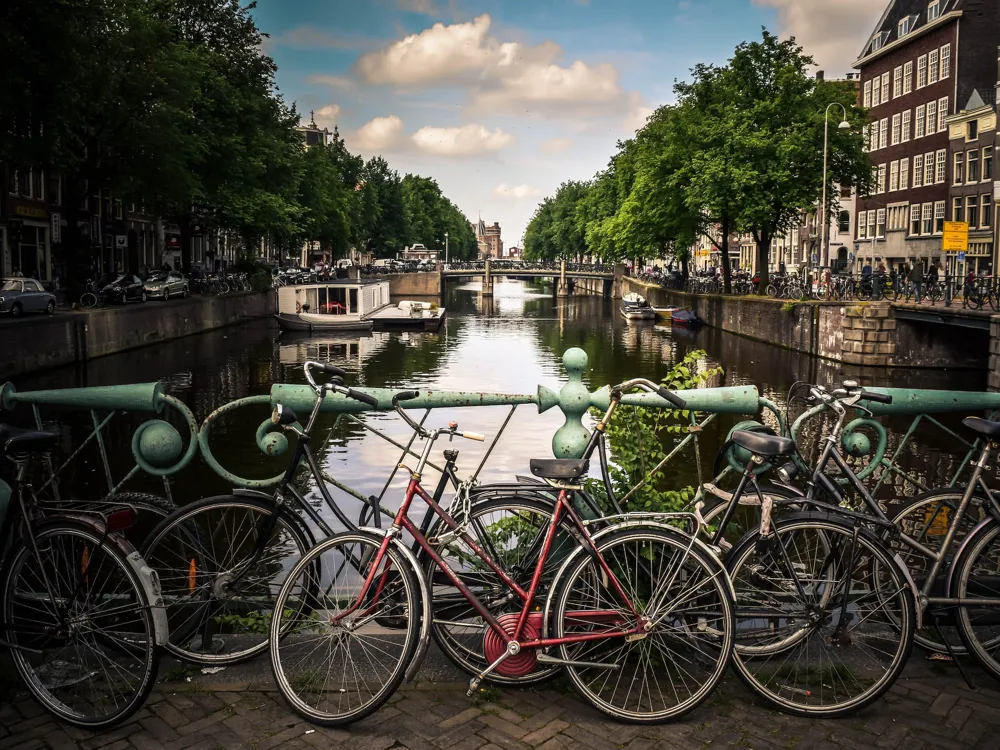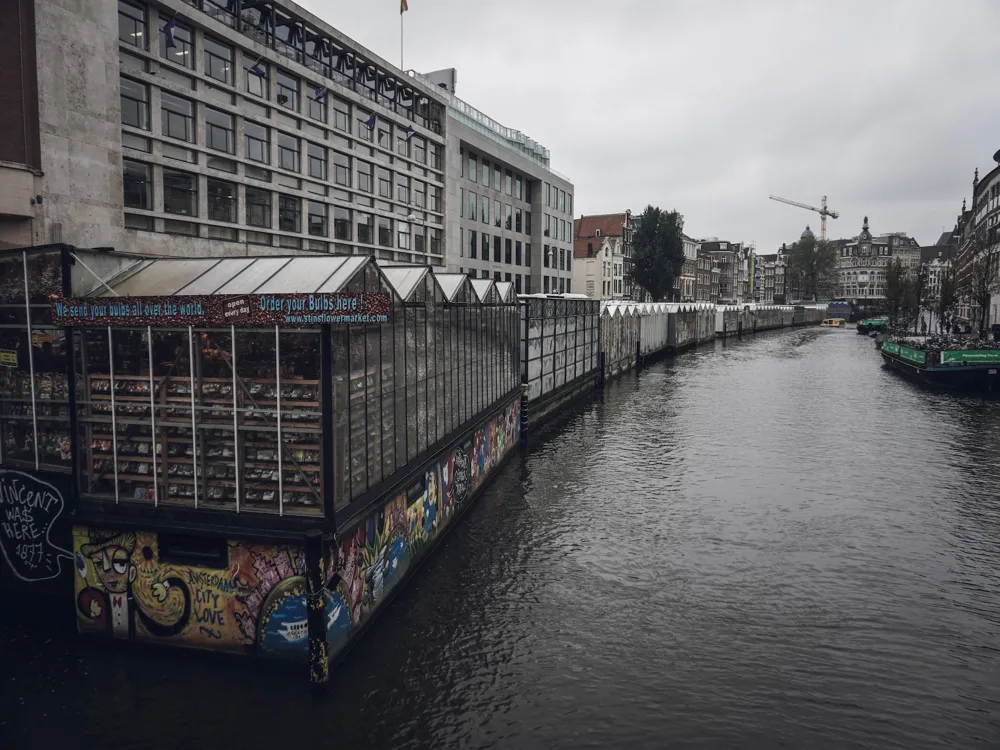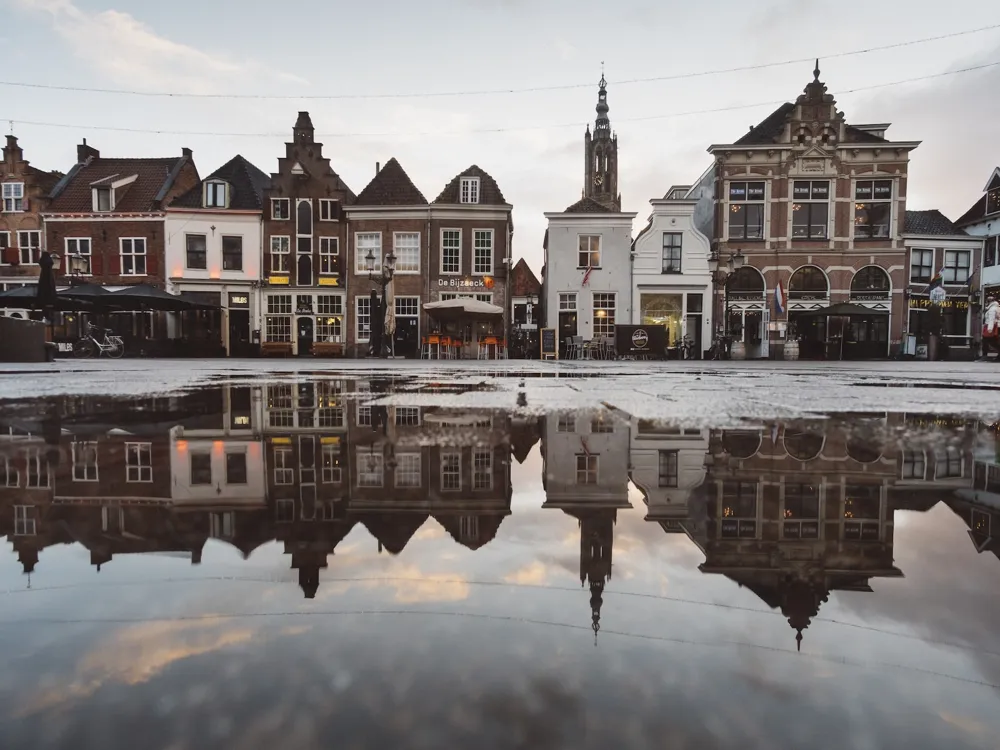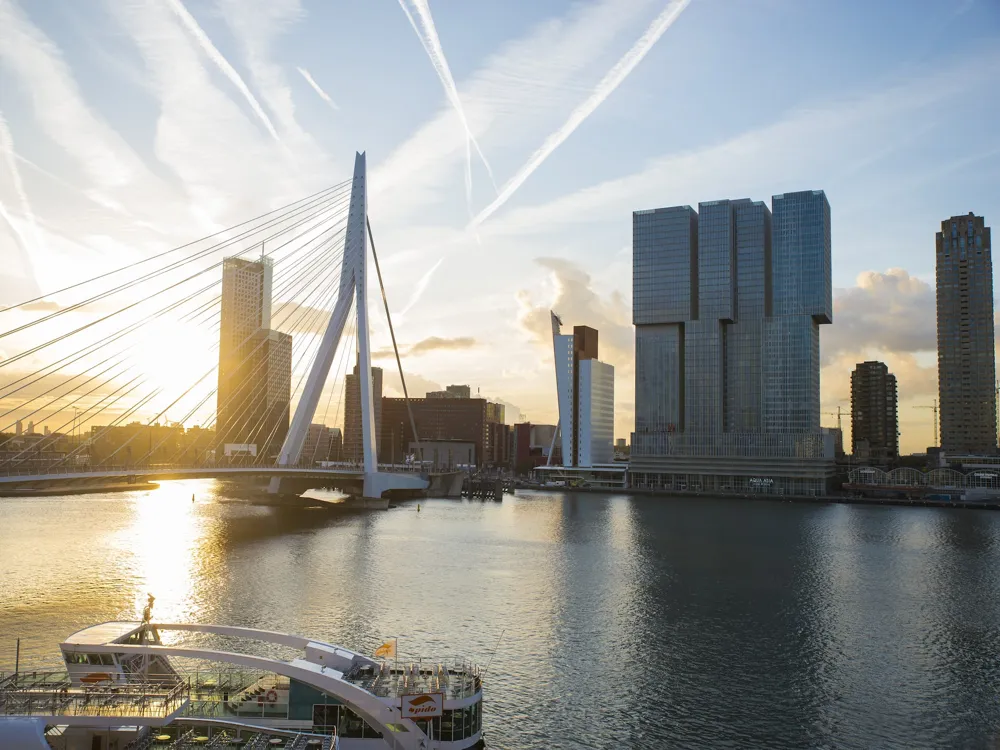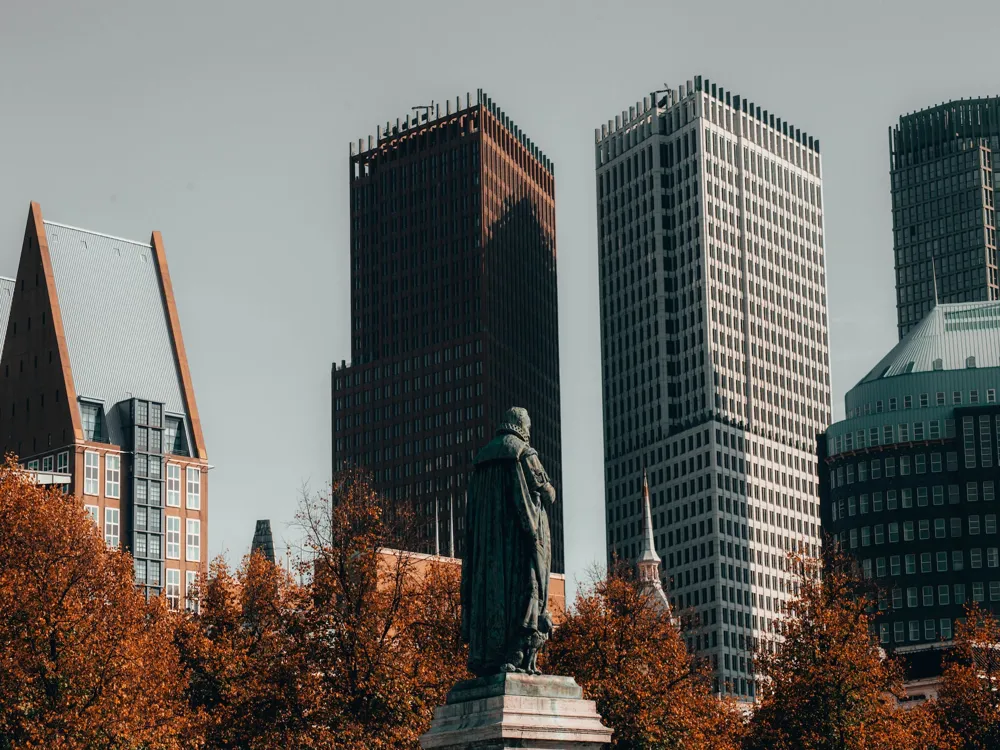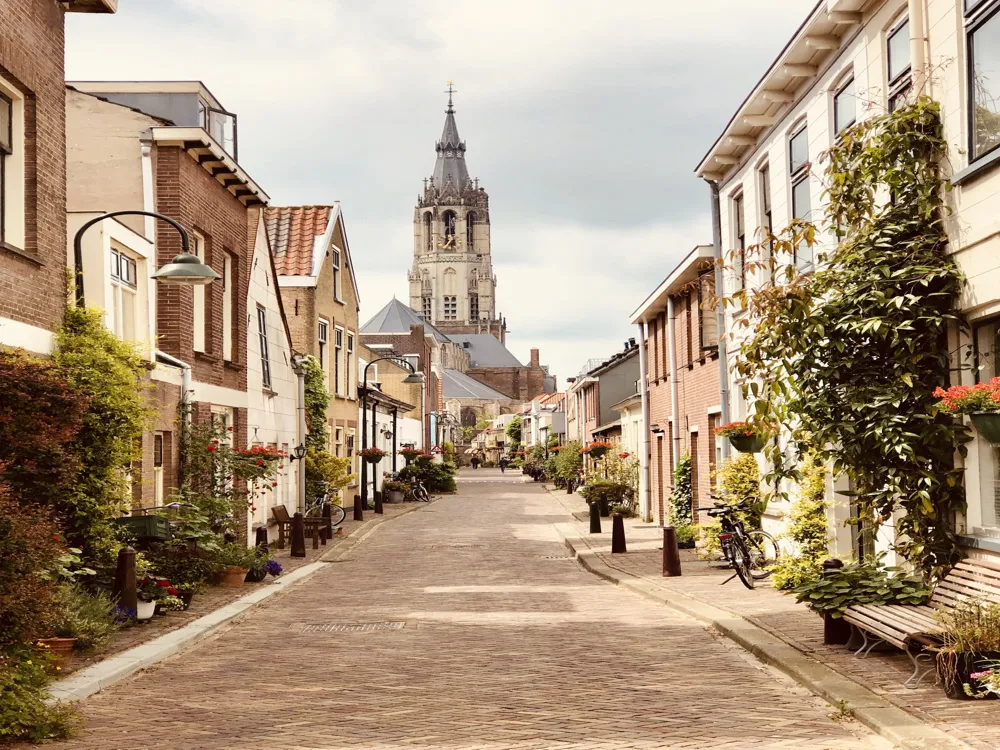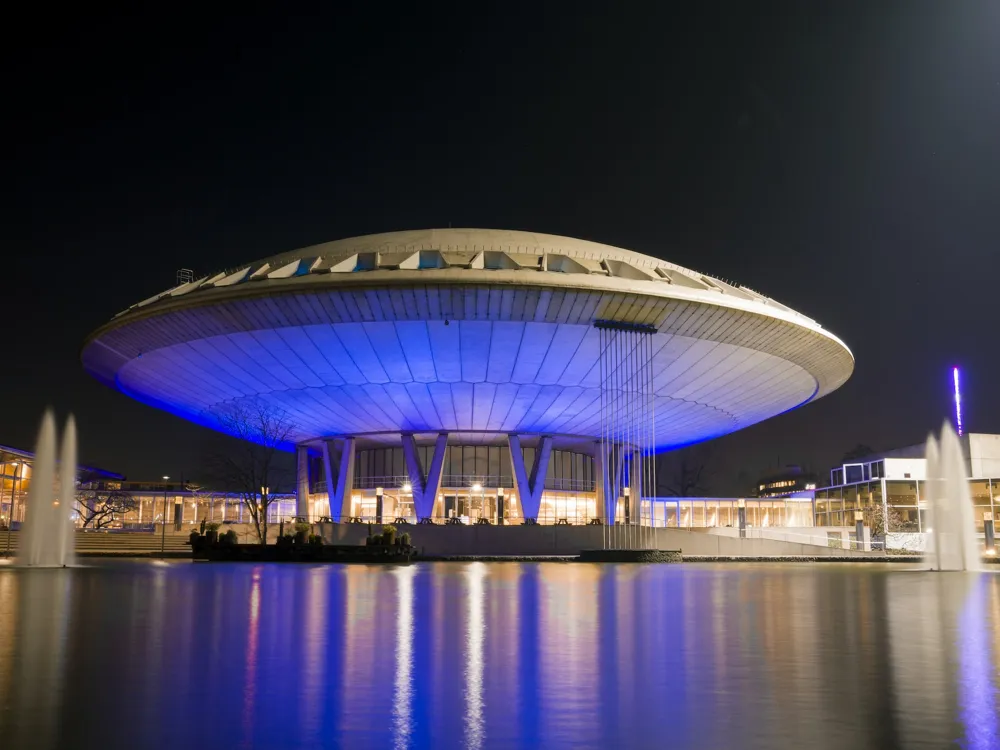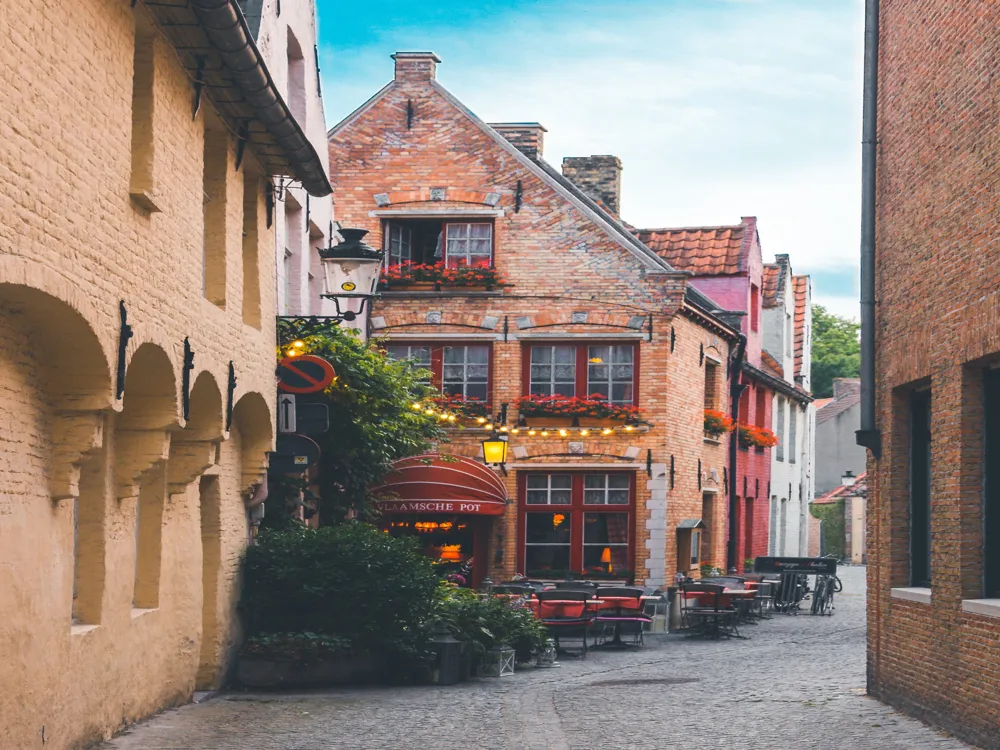The Royal Palace of Amsterdam, a majestic architectural marvel, stands as a symbol of the rich history and cultural heritage of the Netherlands. Originally built as the city hall during the Dutch Golden Age, this palace has transformed over the centuries into a residence for the Dutch Monarchy. With its prime location in the heart of Amsterdam on the Dam Square, it offers a glimpse into the opulent lifestyle and governance of the past eras. This grand edifice, embellished with classical facades and intricate interiors, narrates the tale of Amsterdam’s evolution from a small medieval settlement into a global commercial hub. The palace’s architecture is a testament to the artistic and architectural prowess of the 17th century. Designed by the renowned architect Jacob van Campen, it reflects the influence of classical Roman and Greek styles, merged with Dutch artistic traditions. The central hall, adorned with marble sculptures and paintings, leads to a series of lavishly decorated rooms, each with its own unique historical significance. The palace not only serves as a residence for the royal family during state visits and official ceremonies but also opens its doors to the public, offering a journey through Dutch history and art. The Royal Palace of Amsterdam is a masterpiece of Dutch Baroque architecture. Its grand scale and elaborate decoration reflect the wealth and power of Amsterdam during the 17th century. The exterior, characterized by its sandstone façade, showcases the influence of classical architecture with its Corinthian columns and triangular pediments. The palace's symmetrical layout, with a central dome and four corner towers, creates a sense of balance and grandeur. Inside, the palace is equally impressive. The Burgerzaal, or Citizens' Hall, is the heart of the building, with a stunning marble floor inlaid with maps of the world, representing Amsterdam's role as a center of global trade. The walls and ceilings throughout the palace are adorned with paintings and sculptures by leading artists of the time, including Govert Flinck and Ferdinand Bol. These artworks depict historical and mythological scenes, adding to the palace’s aura of splendor and opulence. Before visiting the Royal Palace of Amsterdam, check the official website for opening hours and ticket prices. The palace may be closed during royal events or state visits, so it's important to confirm the schedule in advance. Consider purchasing tickets online to avoid long queues. For a more insightful experience, consider joining a guided tour. These tours are often led by knowledgeable guides who provide fascinating details about the palace's history, architecture, and art collections. Audio guides are also available in multiple languages. While there is no strict dress code, it is advisable to dress respectfully when visiting the Royal Palace. Remember, it is a significant cultural and historical site. Photography may be restricted in certain areas, so always check the signage or ask a staff member before taking photos. The Royal Palace of Amsterdam is centrally located and easily accessible by various modes of transportation. The most convenient way to reach the palace is by public transport. Trams and buses frequently stop at Dam Square, which is a short walk away from the palace. For those preferring to drive, there are several parking garages nearby, although parking in the city center can be expensive. Biking is another popular and quintessentially Dutch option for reaching the palace, with ample bike parking available in the area. Read MoreOverview of the Royal Palace of Amsterdam
Architecture of the Royal Palace of Amsterdam
Tips When Visiting the Royal Palace of Amsterdam
Planning Your Visit
Guided Tours
Dress Code and Conduct
How To Reach the Royal Palace of Amsterdam
Royal Palace of Amsterdam
Amsterdam
₹ 37,193 onwards
View amsterdam Packages
Weather :
Tags : Forts & Palaces
Timings : September 18 - July 17
Tuesday - Sunday: 10:00 AM - 5:00 PM
Monday: Closed
July 8 - September 17
Monday - SUnday: 10:00 AM - 6:00 PM
May 22: 12:00 PM - 5:00 PM
Time Required : 2-3 hours
Entry Fee : Adults: EUR 12.50
Students: EUR 9
Under 18 Y: Free
ICOM: Free
Tours during the week: EUR 95
Tours during the weekend: EUR 125
Planning a Trip? Ask Your Question
Amsterdam Travel Packages
View All Packages For Amsterdam
Top Hotel Collections for Amsterdam

Private Pool

Luxury Hotels

5-Star Hotels

Pet Friendly
Top Hotels Near Amsterdam
Other Top Ranking Places In Amsterdam
View All Places To Visit In amsterdam
Faq on Amsterdam
What is the Royal Palace of Amsterdam?
The Royal Palace of Amsterdam, also known as the Koninklijk Paleis Amsterdam, is a historical building located on Dam Square in the heart of Amsterdam, Netherlands. It serves as one of the three official palaces of the Dutch monarch, although it is often used for official functions rather than as a residence.
When was the Royal Palace of Amsterdam built?
The construction of the Royal Palace of Amsterdam began in 1648 and was completed in 1655. It was initially built as the city hall during the Dutch Golden Age, designed by architect Jacob van Campen.
Can visitors tour the Royal Palace of Amsterdam?
Yes, the Royal Palace of Amsterdam is open to visitors. Guided tours are available, allowing visitors to explore its impressive architecture, historical significance, and richly decorated interiors.
What can visitors see inside the Royal Palace of Amsterdam?
Inside the Royal Palace, visitors can marvel at the opulent interiors, including the magnificent marble floors, grand halls, and ornate decorations. Highlights include the Citizen's Hall, the Council Chamber, and the stunning artworks on display.
Is the Royal Palace of Amsterdam still used for official functions?
Yes, although it is primarily a tourist attraction, the Royal Palace of Amsterdam is still used for official functions, such as state visits, royal receptions, and ceremonies.
View amsterdam Packages
Weather :
Tags : Forts & Palaces
Timings : September 18 - July 17
Tuesday - Sunday: 10:00 AM - 5:00 PM
Monday: Closed
July 8 - September 17
Monday - SUnday: 10:00 AM - 6:00 PM
May 22: 12:00 PM - 5:00 PM
Time Required : 2-3 hours
Entry Fee : Adults: EUR 12.50
Students: EUR 9
Under 18 Y: Free
ICOM: Free
Tours during the week: EUR 95
Tours during the weekend: EUR 125
Planning a Trip? Ask Your Question
Amsterdam Travel Packages
View All Packages For Amsterdam
Top Hotel Collections for Amsterdam

Private Pool

Luxury Hotels

5-Star Hotels

Pet Friendly
Top Hotels Near Amsterdam
Other Top Ranking Places In Amsterdam
Faq on Amsterdam
What is the Royal Palace of Amsterdam?
The Royal Palace of Amsterdam, also known as the Koninklijk Paleis Amsterdam, is a historical building located on Dam Square in the heart of Amsterdam, Netherlands. It serves as one of the three official palaces of the Dutch monarch, although it is often used for official functions rather than as a residence.
When was the Royal Palace of Amsterdam built?
The construction of the Royal Palace of Amsterdam began in 1648 and was completed in 1655. It was initially built as the city hall during the Dutch Golden Age, designed by architect Jacob van Campen.
Can visitors tour the Royal Palace of Amsterdam?
Yes, the Royal Palace of Amsterdam is open to visitors. Guided tours are available, allowing visitors to explore its impressive architecture, historical significance, and richly decorated interiors.
What can visitors see inside the Royal Palace of Amsterdam?
Inside the Royal Palace, visitors can marvel at the opulent interiors, including the magnificent marble floors, grand halls, and ornate decorations. Highlights include the Citizen's Hall, the Council Chamber, and the stunning artworks on display.
Is the Royal Palace of Amsterdam still used for official functions?
Yes, although it is primarily a tourist attraction, the Royal Palace of Amsterdam is still used for official functions, such as state visits, royal receptions, and ceremonies.







